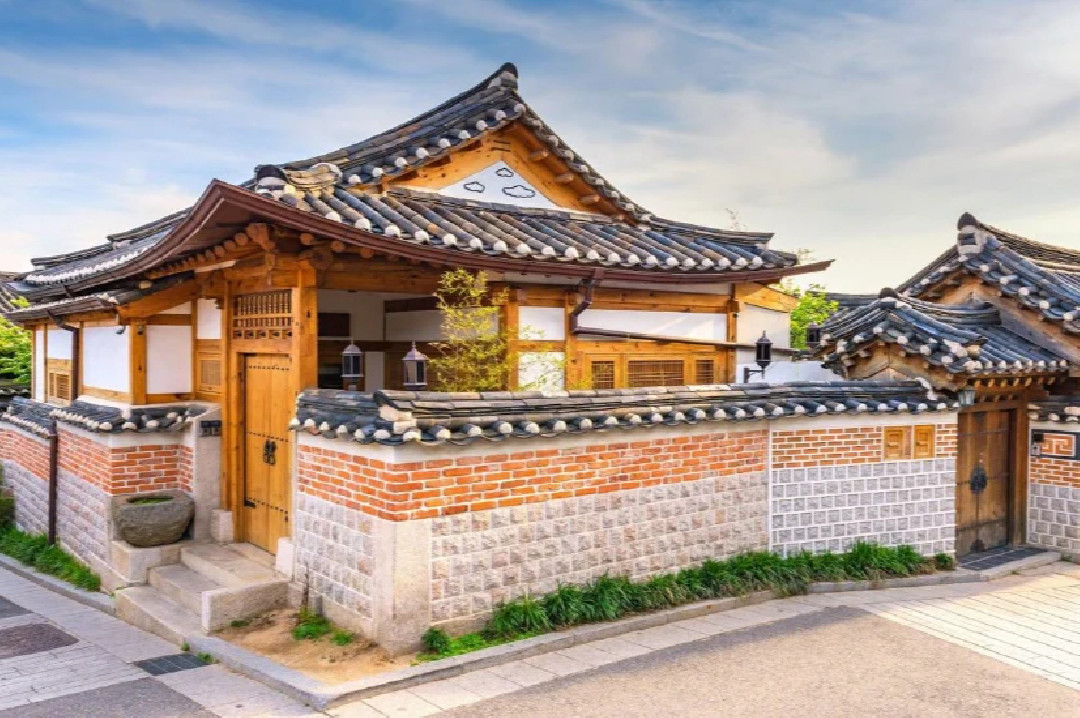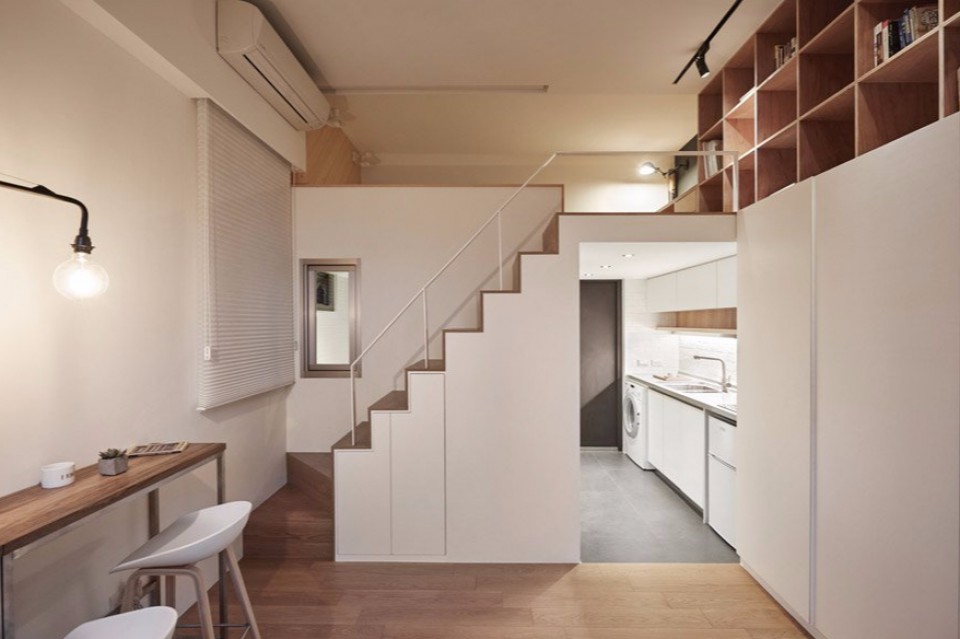5 Types of Bricks and Their Benefits and Advantages.

You still don't know what type of brick can be used to build a house, even though this is the most basic thing you need to know if you want to build a house or other building. You need to know this because when you want to build a building such as a house, hotel, office, etc., brick is the most basic material that you need to know and also plays the most crucial role in creating a strong and long-lasting building structure. There are various types of bricks that you can use to build these buildings and each type of brick has unique characteristics because the bricks have been made to meet the different construction needs of each type of building to be made, the characteristics in question are related to strength. structural to aesthetic. This time we will discuss the types of bricks and also the uses and shortcomings of each type of brick
1. Red Brick

Source
Red brick is a traditional type of brick made using clay which is then done by firing the clay at high temperatures until it hardens. The color of this red brick is a distinctive red, making it popular for classic and exposed style buildings.
Advantages
- Strong and Durable: Red brick is known to have high durability, so red brick is ideal for load-bearing walls.
- Heat Insulation: The ability of red brick to absorb heat makes rooms using red brick cooler during the day, especially suitable for tropical climates.
- Economical and Easy to Find: This material is easy to obtain at a fairly affordable price.
Lack
- Heavy: The weight of red brick is quite large so it can add to the load on the building structure.
- Need Plaster: Usually needs to be coated with plaster for a neat and waterproof appearance.
Best Use
Red brick is often used for buildings such as residential houses, fence walls, and exposed walls which can provide a natural and warm appearance.
2. light weight brick (Hebel)

Source
Light weight brick or what is also called hebel is a type of brick made from a mixture of silica sand, cement and other chemicals, resulting in pores in the brick. The weight of lightweight brick is lighter than ordinary types of brick, which makes it popular for modern buildings.
Advantage
- Light and Precise: Due to its light weight it makes it easier to install, while the same size can reduce the construction time and costs required.
- Sound and Heat Insulation: The pores of lightweight brick can provide good sound and heat insulation effects.
- Fire and Water Resistant: Lightweight bricks are fire and water resistant, making them ideal for use in a variety of environmental conditions.
Lack
- Higher Prices: Usually the costs used to buy lightweight bricks are generally higher than red bricks, so you have to think again about using these lightweight bricks.
- Needs Special Adhesive: This brick requires instant cement for a stronger adhesive, and by using instant cement the costs used for construction will increase.
Best Use
The use of lightweight bricks would indeed be more ideal when used to build multi-storey buildings, room dividers, or even exterior walls in modern commercial and residential buildings, so it is highly recommended not to use full lightweight bricks to build a house.
3. Concrete Block

Source
Concrete brick is a type of brick where the brick is a block made from a mixture of cement, sand and aggregate, which is often used for the construction of large buildings.
Advantage
- Very Strong: Concrete bricks can withstand pressure, which makes them suitable for structural buildings.
- Quick to Install: The large size of the concrete bricks means that the process of installing the bricks for the construction process can be completed quickly.
- High Resistance to Fire and Water: This type of brick is also resistant to extreme weather and is not easily damaged.
Lack
- Heavy: Due to its greater weight, it increases the load on the foundation of the building to be built.
- Less Efficient in Insulation: Concrete bricks are very different from lightweight bricks, especially in terms of heat absorption and soundproofing which are not as good as lightweight bricks..
Best Use
Usually concrete bricks are more often used in types of buildings - commercial buildings, external walls, and other large projects.
4. Interlocking Brick

Source
Interlocking bricks are a type of brick designed using an interlocking system so that installation can be done more easily and quickly without the need to use a lot of cement.
Advantage
- Fast and Cost-Effective: The lock system used on these bricks allows for faster installation and will save more on adhesive materials because only a small amount of adhesive is required for installation.
- More Stable Structure: The interlocking system can make the walls more stable and sturdy.
Lack
- Expensive Price: The price tends to be higher than other bricks, this is due to the shape and function of this type of brick.
- Limited Availability: Because the system is a little complicated, making these bricks is not widely available on the market, especially in rural areas.
Best Use
Suitable for use to create modern buildings or projects that require fast construction but still have an aesthetic appearance.
5. Sand Lime Brick

Source
Sand lime brick is a type of brick made using a heated mixture of sand and lime. The white color of sand lime brick makes this brick often used for exposed displays.
Advantage
- Fire Resistant: These bricks are fire resistant and thus will be safe to maintain the structure of the building.
- Smooth and Aesthetic Surface: The natural white appearance of this brick is suitable for creating attractive exposed walls.
Lack
- Heavy: This brick is quite heavy, so it is not suitable for use in light structures.
- High Water Absorption: The water absorption capacity of this brick is very high so it can cause dampness if it is not coated with a waterproof material.
Best Use
Usually this brick is used in types of buildings that require an exposed appearance, especially in dry areas or modern commercial buildings.
Conclusion
Choosing the right type of brick is very important in any construction project. Red brick and light brick are favorite choices for residential homes because of their strength and efficiency. Meanwhile, concrete bricks and concrete blocks are more suitable for large or temporary structures. Interlocking bricks and sand lime bricks are present as alternatives for modern buildings that prioritize efficiency and aesthetics, while environmentally friendly bricks such as unfired clay bricks are increasingly in demand for buildings with a sustainable concept.








